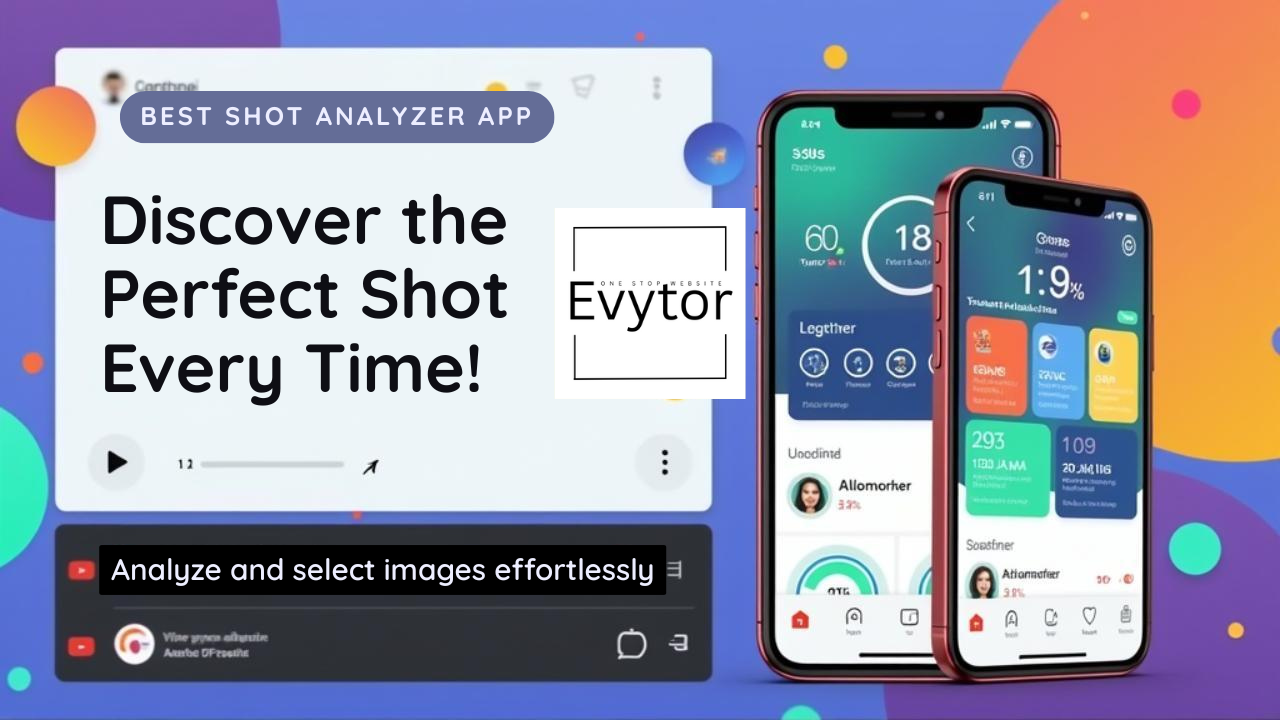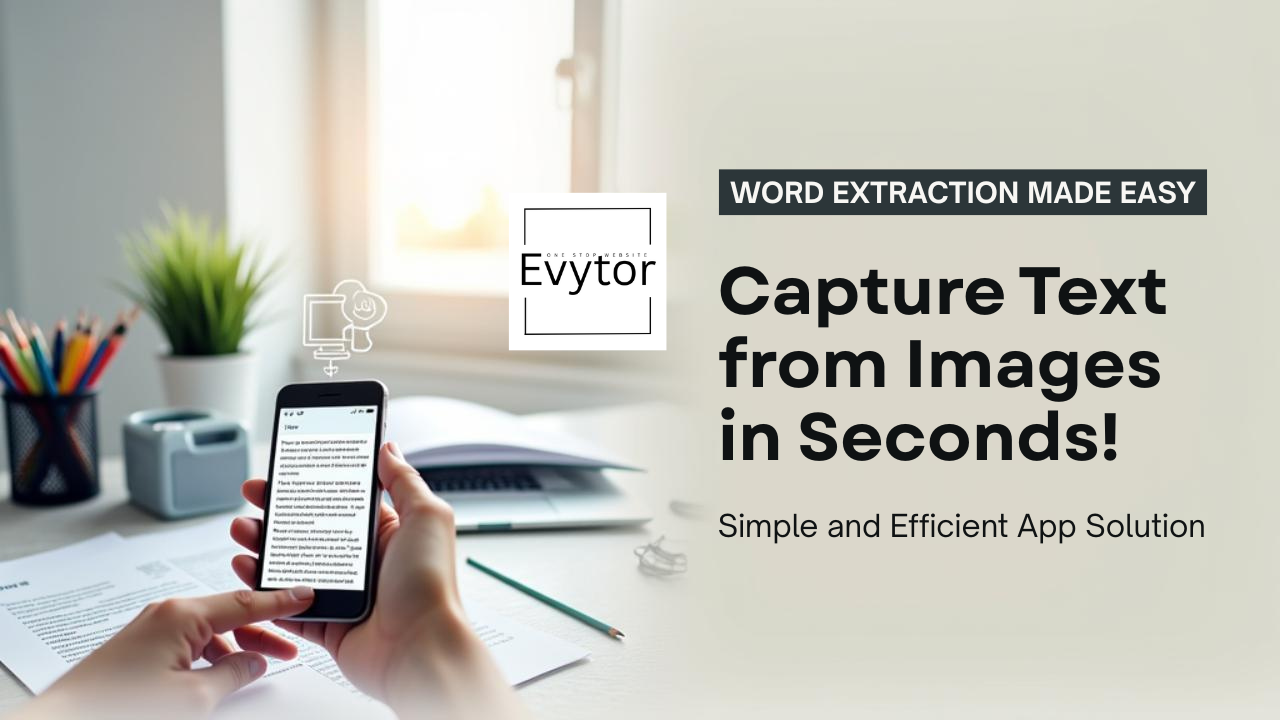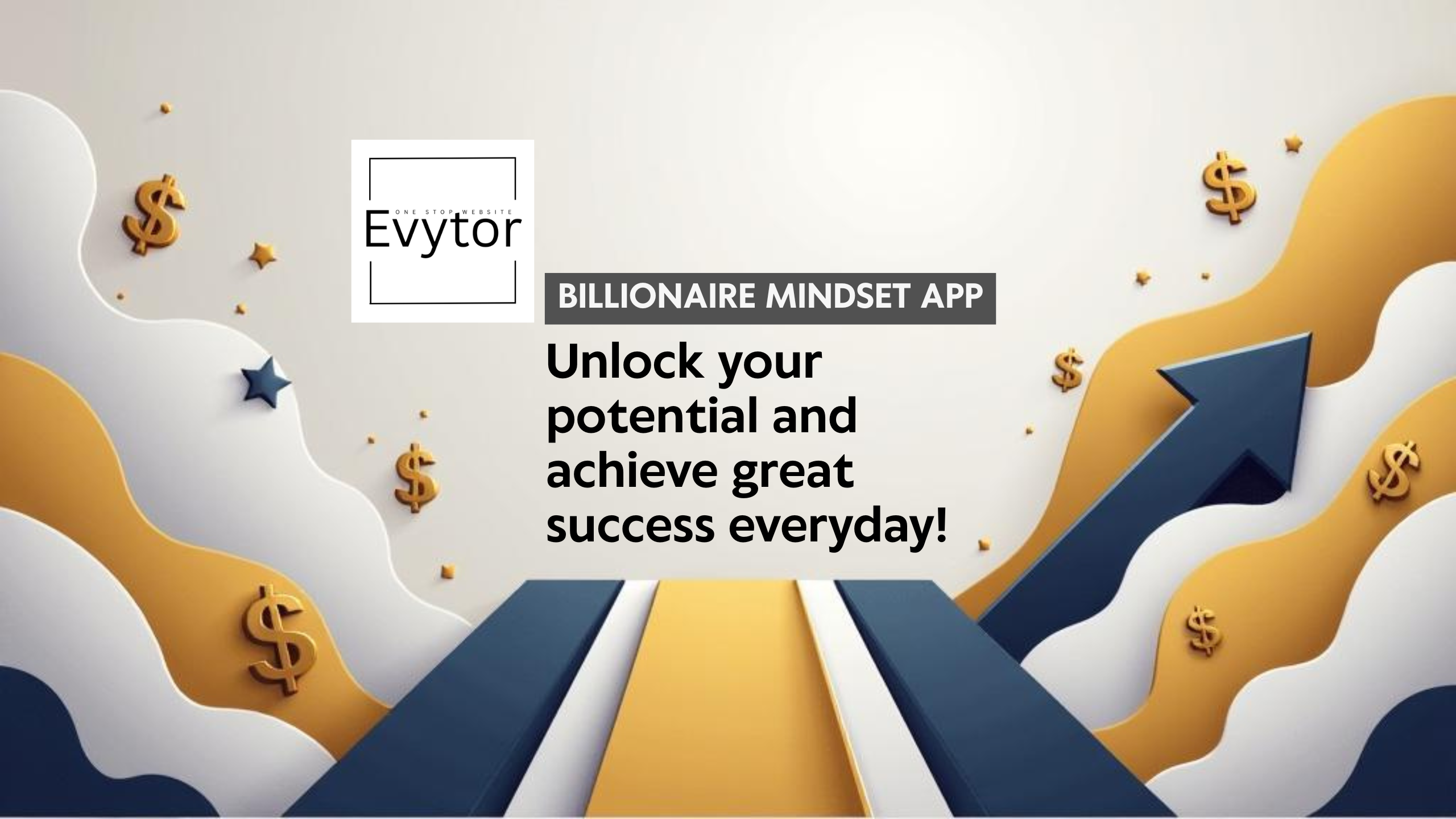The Circular Economy: How to Live Sustainably
Have you ever stopped to think about where the things you buy come from and where they go when you're finished with them? In our modern world, we've largely adopted a 'take-make-dispose' approach to consumption. We extract resources, manufacture products, use them, and then throw them away. This is known as a linear economy. But what if there was a better way? What if we could design products and systems that kept resources in use for as long as possible, extracting maximum value from them while they are in use, and then recovering and regenerating products and materials at the end of each service life? This is the essence of the circular economy. It's a revolutionary concept that offers a powerful framework for living more sustainably and building a future that benefits both people and the planet. Let's dive in and explore how you can be a part of this shift! 💡
Understanding the Circular Economy vs. Linear
To truly grasp the power of the circular model, it helps to contrast it with the dominant linear system.
In the linear economy:
- Take: We extract raw materials from the Earth.
- Make: We manufacture products using these materials and lots of energy.
- Dispose: Products are used, and then discarded, typically ending up in landfills or incinerators.
This model is unsustainable because it relies on finite resources and creates vast amounts of waste and pollution. 🌍➡️🗑️
The circular economy, on the other hand, is inspired by natural systems, where there is no 'waste'. Everything is a resource for something else.
It aims to: ✅
- Design out waste and pollution: Problems are tackled at the design stage.
- Keep products and materials in use: Maximise their lifecycle through reuse, repair, remanufacture, and recycling.
- Regenerate natural systems: Return materials safely to the biosphere or technosphere.
It's about creating a system where materials flow in loops, preserving their value. ♻️🔄
Key Principles in Action: The 'R's
While 'Reduce, Reuse, Recycle' are well-known, the circular economy expands this to include several more 'R' words:
- Reduce: Consume less in the first place. Do you really need that new item?
- Reuse: Use items multiple times for the same purpose (e.g., refillable water bottles).
- Repair: Fix broken items instead of replacing them.
- Refurbish/Remanufacture: Restore older products to good-as-new condition or build new products from components of old ones.
- Recycle: Process waste materials into new materials and objects (the last resort in the hierarchy).
- Recover: Safely extracting energy or materials from waste that cannot be recycled (e.g., anaerobic digestion of food waste).
Thinking through these principles helps you make more conscious choices daily. 🤔
Adopting Circular Living in Your Daily Life
Integrating circular economy principles into your life isn't about perfection, but progress. Small changes can make a big difference!
At Home:
- Reduce Waste: Plan meals to minimise food waste 🍎, compost scraps, choose products with minimal packaging, refuse single-use plastics.
- Buy Second-hand: Shop at thrift stores, online marketplaces, or attend clothing swaps for furniture, clothes, books, and electronics. 🛋️👗📚📱
- Repair and Maintain: Learn basic repair skills. Take electronics, shoes, or appliances to repair shops. Maintain items so they last longer.
- Choose Durable Products: Invest in high-quality, durable goods that are designed to last and are repairable.
- Borrow and Share: Instead of buying tools or equipment you'll rarely use, borrow from friends or neighbours, or use local sharing services. 🛠️🤝
Consumption Habits:
- Consider Product Lifecycles: Research how products are made, what they are made of, and how they can be disposed of or recycled responsibly.
- Support Circular Businesses: Look for companies that offer take-back programs, repair services, use recycled materials, or design for longevity.
- Question Your Purchases: Before buying, ask yourself: Do I really need this? Can I borrow or find it second-hand? Is it designed to last?
Benefits Beyond Waste Reduction
The circular economy isn't just an environmental strategy; it's an economic and social opportunity. 🚀
- Environmental: Reduces waste, lowers greenhouse gas emissions, conserves natural resources, minimises pollution. 🌱🌎
- Economic: Creates new business models (rental, repair, sharing), stimulates innovation, generates jobs (especially local ones in repair and remanufacturing), saves money for consumers and businesses. 💰👷
- Social: Can lead to stronger local communities through sharing and repair initiatives, improves resource security, offers opportunities for skill development. 🏘️🧑🏫
It shifts our focus from simply managing waste to valuing resources and designing systems that thrive.
Going Further: Pro-Tips for Deeper Impact
Ready to take your circular living efforts to the next level?
- Advocate for Change: Talk to friends and family, support policies that encourage circularity (like extended producer responsibility), and ask businesses about their sustainability practices. 🗣️🏛️🏢
- Learn to Repair: Attend local repair cafes or watch online tutorials to gain skills in fixing common items. It's empowering and cost-effective! 💪🔧
- Explore Circular Services: Look into clothing rental services, furniture leasing, tool libraries, or community workshops.
- Understand Materials: Research the recyclability of different plastics and materials in your area. Not all plastics are easily recycled! 🔍💡
- Support Local & Ethical: Choosing local products often reduces transportation impacts. Researching ethical sourcing and production practices aligns with respecting resources and people.
Conclusion
Moving from a linear to a circular economy is one of the most crucial shifts we can make towards a sustainable future. It requires rethinking how we design, produce, consume, and dispose of goods. By adopting circular principles in our daily lives – reducing, reusing, repairing, and recycling – we not only decrease our environmental footprint but also participate in building a more resilient, innovative, and equitable society. It might seem daunting at first, but remember, every small step counts! How will you start integrating circular principles into your life today? Let us know in the comments! 👇




